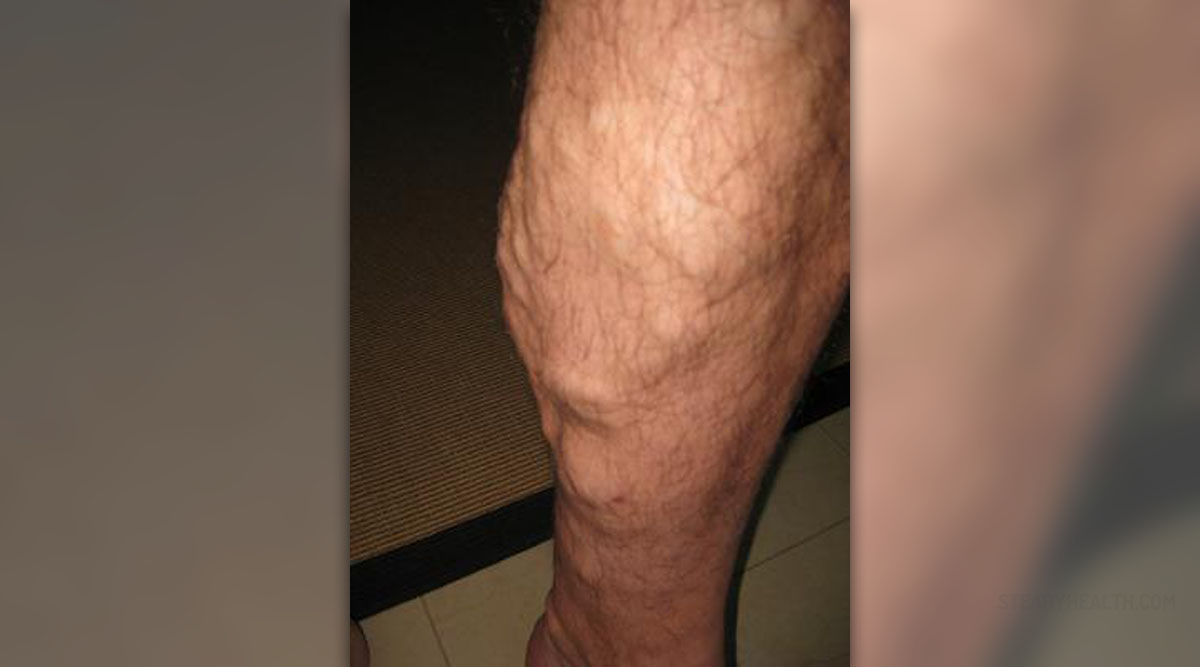
Varicose Veins
Varicose veins are dilated, sinuous and prominent superficial veins of the lower extremities. The disease isn't life-threatening but varicose veins are an important socio-medical problem in developed countries because of its high incidence and limiting the working capacity of patients.Causes of Varicose Veins
Etiology of varicose veins is still unresolved. There are two theories about the causes of varicose veins.The first considers that valve failure is the main cause of the varicose veins, because insufficient valves allow blood returning and an increase in venous blood pressure in the distal segments.
Another theory believes that the weakness of vein walls leads to dilatation of some vein segments and valves failure, causing varicose veins.
The most important risk factors for the occurrence of varicose veins are female gender (women suffer from varicose veins 6 times more than men), pregnancy, professions which involve long-standing and poor moving (barbers, surgeons), obesity and so on.
Varicose veins lead to the venous blood returning to the deep veins and venous paths and increased venous pressure (chronic venous insufficiency) in the skin and subcutaneous tissue, accompanied with characteristic symptoms and signs.
Unlike the primary varicose veins, secondary varicose veins are complications of deep vein diseases or arteriovenous fistula due to increased blood flow and venous pressure.
Symptoms
In many cases the disease is asymptomatic, followed by aesthetic issues especially in women. In symptomatic cases the most common form of symptoms and signs are: heaviness and tension in the legs at the end of the day or after prolonged standing that disappears during the night or by raising the limbs, skin itching and painful muscle cramps during the night, swelling in the ankle area which withdraws during the night or by raising the limb.Stages of the Varicose Veins Disease
The first stage includes cosmetic (aesthetic) changes that are manifested in tiny thready, criss-cross or broom extensions of venous vessels. In such cases there is no venous blood flow disorders, and problems that occur are mainly aesthetic.The second stage is characterized by appearance of wider and larger venous enhancements which are localized mainly in the lower parts of legs (around the ankle and foot). In this stage, patients may feel first symptoms which include: pain, sense of tension in the legs, increased local temperature and heaviness in the legs. Symptoms are usually more pronounced at night, and in some patients at the time of menstruation.
The third stage is characterized by significant subcutaneous vein extensions that are sinuous, irregular and heavy expanded to a size of a finger, sometimes with signs of thrombophlebitis, fixed thrombus (clot) and changes in the color of the surrounding skin.
Disorders of venous flow leads to the damaging of the microcirculation and the lymphatic system. These conditions are manifested in pain, distension in the legs, occasional cramps, numbness, stronger blood circulation in capillaries, swelling during standing, skin damaging especially, in the skin area around the foot and ankle.
The fourth stage includes several different trophic changes of the skin and subcutaneous tissue. Varices may be expressed differently from the poor to enormous. Appearance of skin changes caused by venous delays is typical. These are dermatitis, eczema, pigment changes and other skin damages. Skin and subcutaneous tissue is also changing and becoming more and more thin, atrophic or thickened, edematous and flaked. Also, this stage is characterized by ulcus venosum.
Varices are prone to bursting (the effects of light injuries) in this phase, which is manifested in subcutaneous bleeding or rupture of larger varices. External dramatic venous bleeding may occur in the thinned skin.




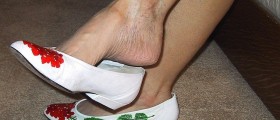
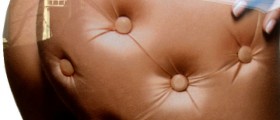
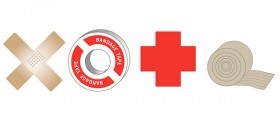

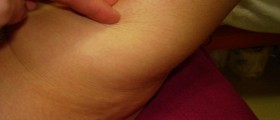






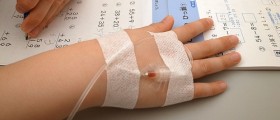
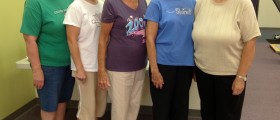
Your thoughts on this
Loading...